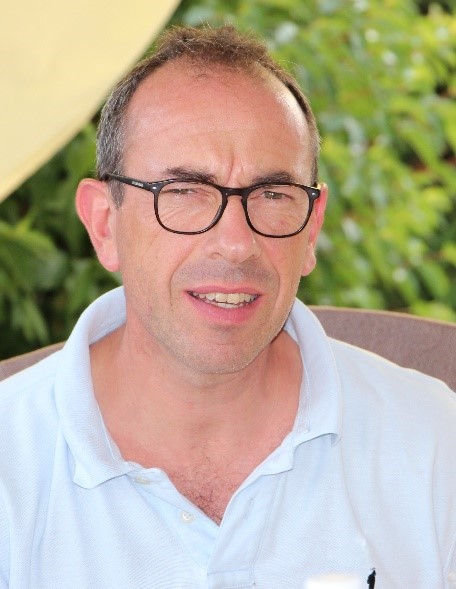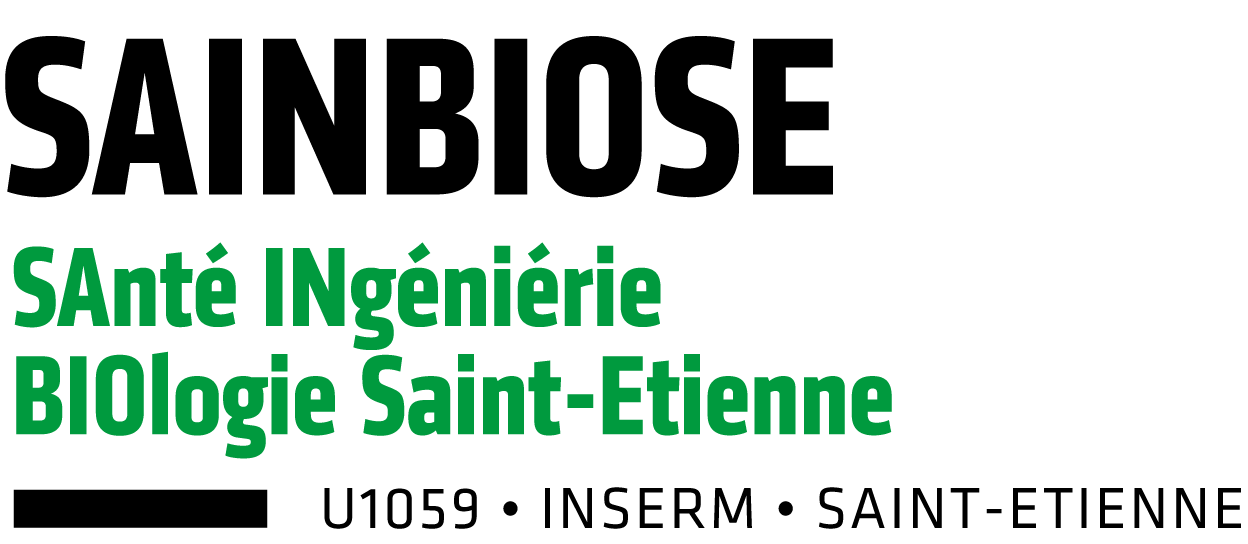
Hughes Patural, MD, PhD
Academic interests
From birth, the study of sinus RR variability constitutes a solid analytical tool in the field of physiology of the autonomic nervous system (ANS) not only to understand the central dysregulations of the cardiorespiratory command of the newborn but also in the clinic as a powerful predictive factor of pathological situations such as severe sepsis or the occurrence of serious illness. In infants, dysautonomia also represents the primum movens explaining the occurrence of unexpected infant death syndrome. The AuBE (Autonomic baby evaluation) cohort was formed to answer this question from 302 healthy newborns born at the Saint-Etienne University Hospital at full term. All children benefited from longitudinal polysomnographic monitoring and/or 24-hour cardiorespiratory recording at 0, 6, 12, 18, and 24 months to evaluate their autonomic maturation profile over time. The creation of this cohort made it possible to describe for the first time the profile of the maturing evolution of cardiac autonomic control during the first two years of life.
From birth, the study of sinus RR variability constitutes a solid analytical tool in the field of physiology of the autonomic nervous system (ANS) not only to understand the central dysregulations of the cardiorespiratory command of the newborn but also in the clinic as a powerful predictive factor of pathological situations such as severe sepsis or the occurrence of serious illness. In infants, dysautonomia also represents the primum movens explaining the occurrence of unexpected infant death syndrome. The AuBE (Autonomic baby evaluation) cohort was formed to answer this question from 302 healthy newborns born at the Saint-Etienne University Hospital at full term. All children benefited from longitudinal polysomnographic monitoring and/or 24-hour cardiorespiratory recording at 0, 6, 12, 18, and 24 months to evaluate their autonomic maturation profile over time. The creation of this cohort made it possible to describe for the first time the profile of the maturing evolution of cardiac autonomic control during the first two years of life.
In the case of prematurity, dysautonomia favors rhythmic accidents or the occurrence of brady-apneic syndrome. We have shown in several published studies based on cohorts of children born prematurely compared to children born at term that the maturation of the ANS closely depends on gestational age and postnatal age. Extrinsic infectious factors can also cause dysautonomia.
Intermittent hypoxia (HI) and the impact of hypoxia in the neonatal period have dramatic consequences on a developing brain. Studies carried out by the team on adult rodents exposed to HI showed dysfunction in vulnerable regions of the brain, such as the hippocampus. However, the mechanisms are still poorly understood, even if the possibility of low-level inflammation is suspected. A similar pathophysiology is suspected in the neonatal brain.
The clinical and neuroradiological assessments proposed during the neonatal period to assess the developmental prognosis of children born prematurely are not very sensitive or specific. The analysis of spontaneous motor activity in children born prematurely constitutes a predictive marker of subsequent overall cognitive functioning. We are developing early predictive tools for the development of premature children based on the automation of the analysis of spontaneous motor skills and deep learning.
Finally, given its importance for parents, it is surprising that our knowledge of infant crying is so limited. Crying is the only primary signaling strategy for the newborn to obtain parental care. A collaboration with the ENES research team at the University of Saint-Etienne (ENES/CNPS UMR CNRS 8195) began with the objective of searching for correlations between the acoustic structure of crying at birth and long-term neurodevelopment.
Teaching
Faculty of Medicine Jacques Lisfranc – Campus Santé Innovations
Multiple teaching:
- FGSM2 / Physiology teaching
- DFASM2 and DFASM3 / Teaching: pediatrics, neonatology, pediatric resuscitation
- Supervision of students in care units or from the mother-child center
- Simulation workshops “Resuscitation of cardiopulmonary arrest in children”
- Block B Coordinator (SIDES)
- DESC in Neonatology and Option Neonatology
- DESC and Option of Pediatric Resuscitation
- Organization of scientific seminars
- Interregional coordinator for the Auvergne-Rhône-Alpes region of the DES of Pediatri
- Teaching in the Master “physiology and disability”
- Teaching in Inter-University Diplom of Cerebral palsy (BMI and multiple disabilities)
• Teaching in Inter-University Diplom of pediatric medical-surgical emergency
Background
© 2024 Sainbiose. All rights reserved

